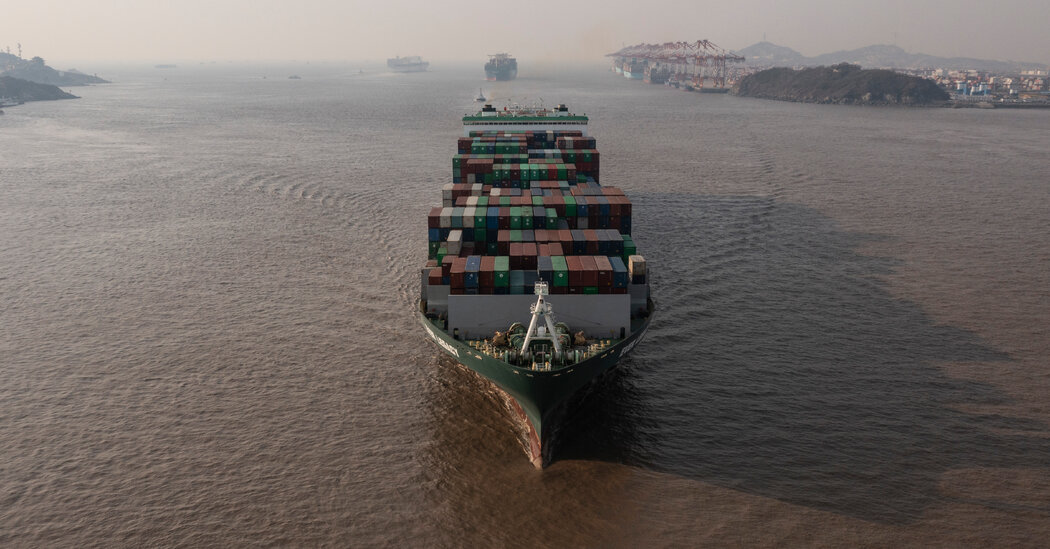Here is the plain text result:
President Trump has accused America’s trading partners of undermining the United States for decades, saying they have engaged in unfair trade practices to steal the country’s wealth and enrich their own economies.
He has set his sights on not only adversaries like China, but also traditional allies like Canada and Europe. And he has complained about a number of factors, including high tariffs that other countries charge American products, and persistent trade deficits the United States has with foreign countries.
In some cases, there’s truth to the president’s claim that the United States offers its trading partners more favorable terms than it often gets in return. As a proponent of free markets, the United States has long been more open to trade than many countries globally.
That has encouraged the United States to rely on imports of many critical goods, like semiconductors and pharmaceuticals, instead of manufacturing them itself. And some countries do have tough trade barriers to U.S. exports, or economic policies that distort global markets – particularly China, which has flooded the world with manufactured goods.
Still, trade experts say that Mr. Trump’s claims include a heavy dose of exaggeration, as well as hypocrisy.
U.S. tariff rates are low, but not that low
Data from the World Trade Organization showed the United States had a trade-weighted average tariff rate of 2.2 percent in 2023, compared with 2.7 percent for the European Union, 1.9 percent in Japan, 3.4 percent for Canada, 3 percent for China and 1.7 percent for Switzerland.
Some poorer countries do have higher rates. India’s trade-weighted average tariff rate is 12 percent, while Mexico’s is 3.9 percent and Vietnam’s is 5.1 percent.
U.S. also has high tariffs on protected industries
For example, India charges a 50 percent tariff on imported motorcycles, a 60 percent tariff on automobiles and a 150 percent tariff on alcoholic beverages, the Office of the United States Trade Representative said in a report this week.
The president has also seized on Canada’s dairy system, which charges a high tariff after a certain volume of imports is reached, a system known as a tariff-rate quota. According to U.S.T.R., goods imported from the United States above quota levels “are subject to prohibitively high tariffs,” like 245 percent for cheese and 298 percent for butter.
Last week, Karoline Leavitt, the White House press secretary, also called out a 50 percent tariff that the European Union charges on American dairy and a 700 percent tariff that Japan charges on American rice.
The United States also has high tariffs on certain imports. The United States charges 350 percent tariffs on tobacco from many countries, 260 percent tariffs on Irish butter substitutes and 197 percent tariffs on Chinese stainless steel kitchenware.
Tariffs on China make more sense than Canada
One area that many trade analysts agree with Mr. Trump is his stance on China. They say the country has wielded huge subsidies and other economic practices that give its industries a competitive advantage. Beijing’s approach has fueled the growth of a $1 trillion-plus trade surplus – meaning China exports far more than it imports. That surplus exceeds that of any other country this century.
The Office of the United States Trade Representative said this week that China had used industrial planning and other policies to target sectors like robotics, aerospace, new energy vehicles and biopharmaceuticals for “domination.” Those programs had allowed Chinese firms to win market share at the expense of foreign competitors.
The low price that Chinese goods are sold for worldwide has made it hard for U.S. factories making semiconductors, electric vehicles, solar panels, steel and other products to stay in business. And America’s trade deficit has widened as U.S. consumers snap up cheap Chinese products instead of goods manufactured elsewhere.
Source link




